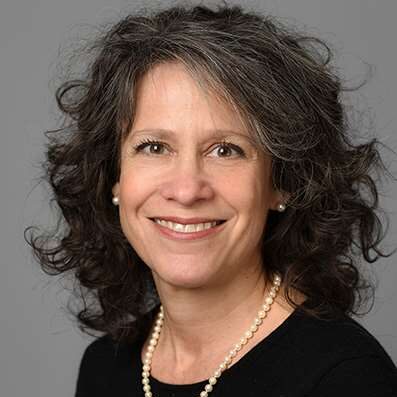In decades past, the general public saw Autism Spectrum Disorder (ASD) as something that only affected children. Today, thanks to more awareness and better research, we’re starting to see autism in a new light. However, outdated diagnostic criteria, gender biases and misconceptions about what autism looks like have left countless autistic adults navigating life without a formal diagnosis. Many learn to mask their traits, mimicking neurotypical behaviors to fit into society. Masking might help in social situations, but it can be deeply exhausting, leading to constant stress, burnout and a painful feeling of never truly fitting in.
A decade-long study by the Journal of American Medical Association (JAMA) Network found autism reports in young adults have increased by 450%. In 2011, about 2.3 out of every 1,000 people were diagnosed with autism; by 2022, that number had grown to 6.4 per 1,000. Source: Autism diagnosis on the rise, according to trends study | autism Speaks This dramatic increase is more than a number. It illustrates the expanding presence of autistic adults, drawing attention to critical gaps in support and resources that still need to be filled.
For adults who begin to recognize they may be autistic, self-diagnosis is often the first step. With limited access to autism-informed providers and a medical system that struggles to identify autism in adults, many turn to research, personal reflection and the experiences of other autistic people for answers. Self-diagnosis is a valid and meaningful way for individuals to understand themselves, especially when barriers to formal diagnosis remain high.
The American Academy of Pediatrics recommends screening all children for autism by 18-24 months, which helps identify and implement autism support early (Autism Spectrum Disorder). Unfortunately, the stigma surrounding autism may stop parents from seeking a diagnosis, as they fear that the label might limit their child’s opportunities.
Even children screened for autism may not receive accurate diagnoses. Teachers, caregivers, and doctors sometimes miss or misinterpret signs of autism. Dr. Seth Allen, ED.D., director of Autism Services at Brightli affiliate Burrell Behavioral Health, explains how misinterpretation happens.
“Clinicians might mistake speech delays for shyness, interpret social withdrawal as introversion, or dismiss repetitive behaviors as quirks, especially when a child is generally friendly,” Allen said.
By adulthood, many individuals with ASD learn to mask their symptoms, which makes it even more difficult for professionals to recognize signs of autism. Dr. Allen points out that just like children, certain autistic traits can be mistaken for personality characteristics, even though they stem from the neurological differences of autism. Some autistic individuals may never understand why they experience the world differently. Without a diagnosis, many face feelings of isolation, anxiety and self-doubt, blaming themselves for challenges that were never their fault. Society must acknowledge the importance of validation, resources and accommodations for autistic individuals, regardless of their age or formal diagnosis.
The journey to better understanding adult autism often requires significant self-education. Autistic adults frequently must push past medical biases and dismissive attitudes to receive a proper evaluation from a specialist familiar with diagnosing autism in adults.
Alisyn Van Note, a licensed professional counselor specializing in autism, highlights one of the most significant barriers to navigating autism: a lack of available resources.
“Ideally, every autistic person of any age would have access to a range of supports, including mental health counseling, occupational therapy, speech therapy and social groups,” Van Note said. “But for adults, these services can be incredibly difficult to access due to long waitlists, limited providers or lack of insurance coverage.”
Connecting with a counselor can be crucial for autistic adults. Therapy offers validation, helping individuals understand their unique autistic traits and begin to reframe negative experiences caused by misunderstandings or lack of prior knowledge. Understanding why certain social situations or sensory experiences feel overwhelming can bring profound relief. Instead of feeling “broken” or “too sensitive,” they can begin to see themselves through a new, more compassionate lens.
Navigating federal disability is also a significant concern for many in the adult autism community. Securing disability benefits remains a major hurdle when relying solely on an autism diagnosis. Without these benefits, many individuals find their income options limited to family support or taking on employment with its own set of risks, rewards and challenges.
The potential for discrimination in the workplace, difficulties with job retention due to sensory sensitivities or communication differences and the mental strain of adapting to an environment that may not be accommodating can seem daunting. However, the rewards can include financial independence, personal fulfillment, and the opportunity to develop valuable skills and build social connections.
Despite these obstacles, autistic adults build fulfilling lives by embracing their strengths, redefining success on their terms and creating spaces where they can thrive authentically. During Autism Awareness Month, our article series explores the realities of adult autism and provides guidance for coping. We will also offer helpful insights for non-autistic folks who want to learn how to support autistic people in their families and communities.
Follow along this month as we highlight strategies for self-advocacy, workplace success, meaningful relationships and overall well-being. By challenging stereotypes and recognizing the progress still needed, we can uplift and empower autistic adults while fostering a more supportive community for all.


